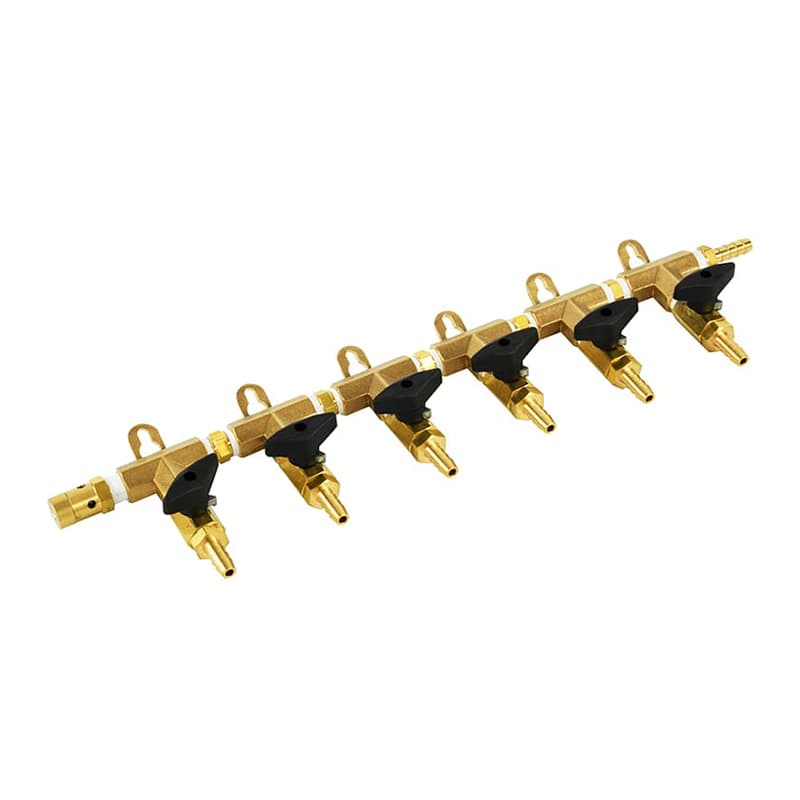In the power system, the copper-aluminum transition joints play a certain role, but in the current process, there are still various problems that will cause air and water to contact the joints, and chemical reactions will occur, which will increase the resistance at a certain point. When the current flows through, more heat will be generated. In the long run, it is very likely that this place will break and cause accidents. Today, I will take you to summarize the major reasons for the fracture of copper-aluminum transition joints.
First, the welding processThe first common reason is that there is a problem with the welding process. During the welding process, for some reason, the potential difference between aluminum and copper becomes larger, and the temperature is too high, which will cause the aluminum to dissolve. The substances produced in this way will make the aluminum-copper transition joint The performance is unstable, so that the joint no longer has the previous corrosion resistance, which directly shortens the service life of the joint and accelerates the fracture
 Second, the chemical reaction
Second, the chemical reactionCopper and aluminum, as metals, and moisture and carbon dioxide in the air, will appear as a specialized substance in electrochemistry, that is, electrolyte, which produces copper and aluminum as a two-pole battery. Electrochemical corrosion is more powerful than ordinary corrosion, which will make The resistance at the junction of aluminum and copper increases, heats up and oxidizes, and the contact surface is easily fused.
Third, the expansion coefficientThe thermal expansion coefficient of aluminum is about 36% greater than that of aluminum. This causes the joint to receive the thermal effect of the current. After the thermal expansion and contraction, the two sides will cool down and there will be a gap. The gap will not be completely restored, and the gap will contact the water in the air. And other substances, an oxidation reaction occurs to produce a substance such as alumina. This substance is also very high in resistance, causing the current to emit more heat, causing the joint to be easily oxidized.
These are the three common reasons in life that cause the copper-aluminum transition joint to break. We can pay attention to these aspects of the copper-aluminum transition joint, find the problem in time and take measures.


 英语
英语 中文简体
中文简体






